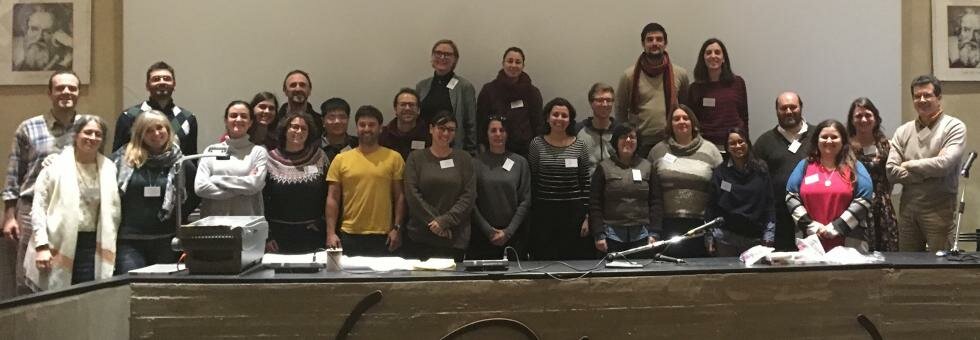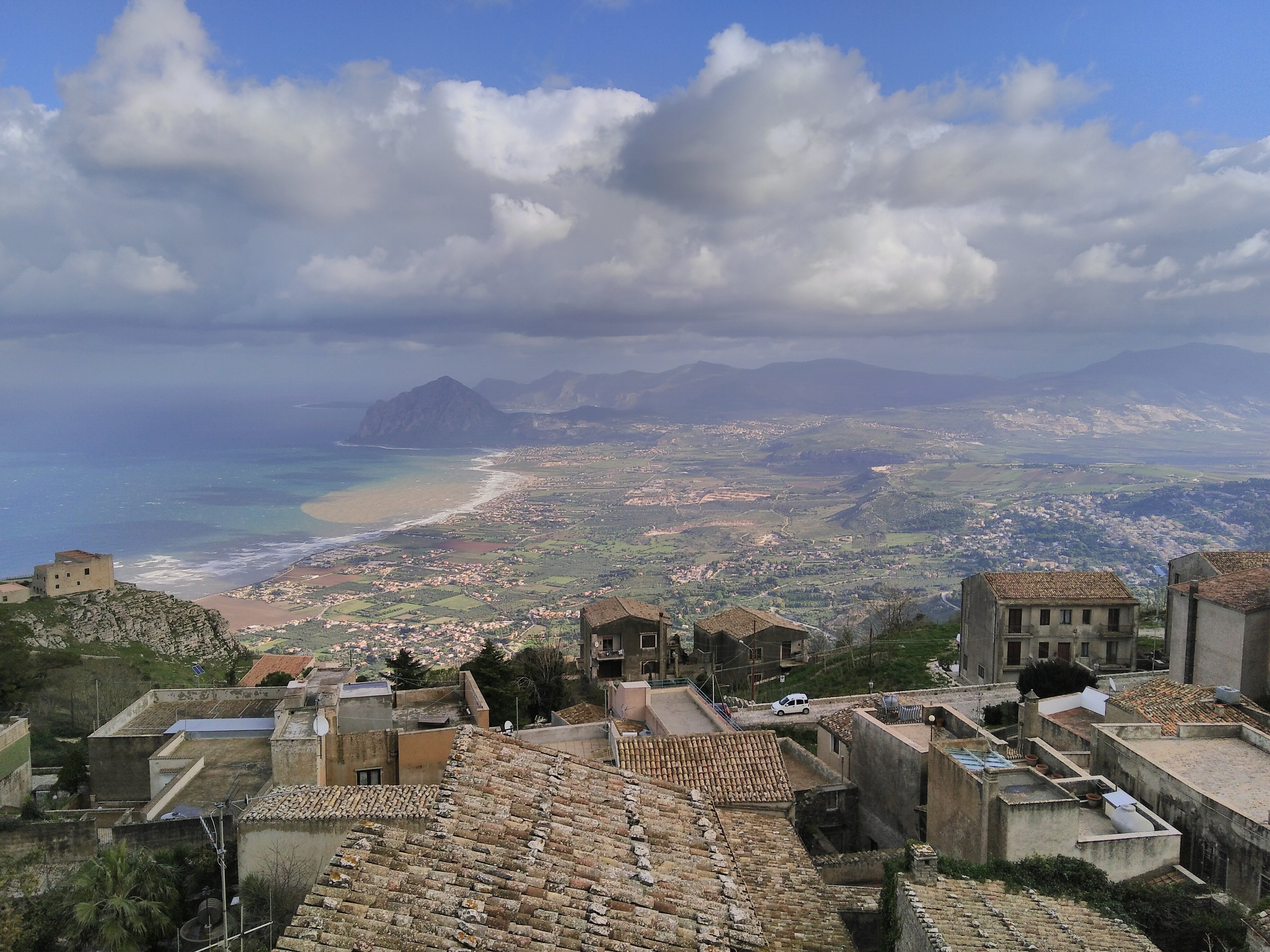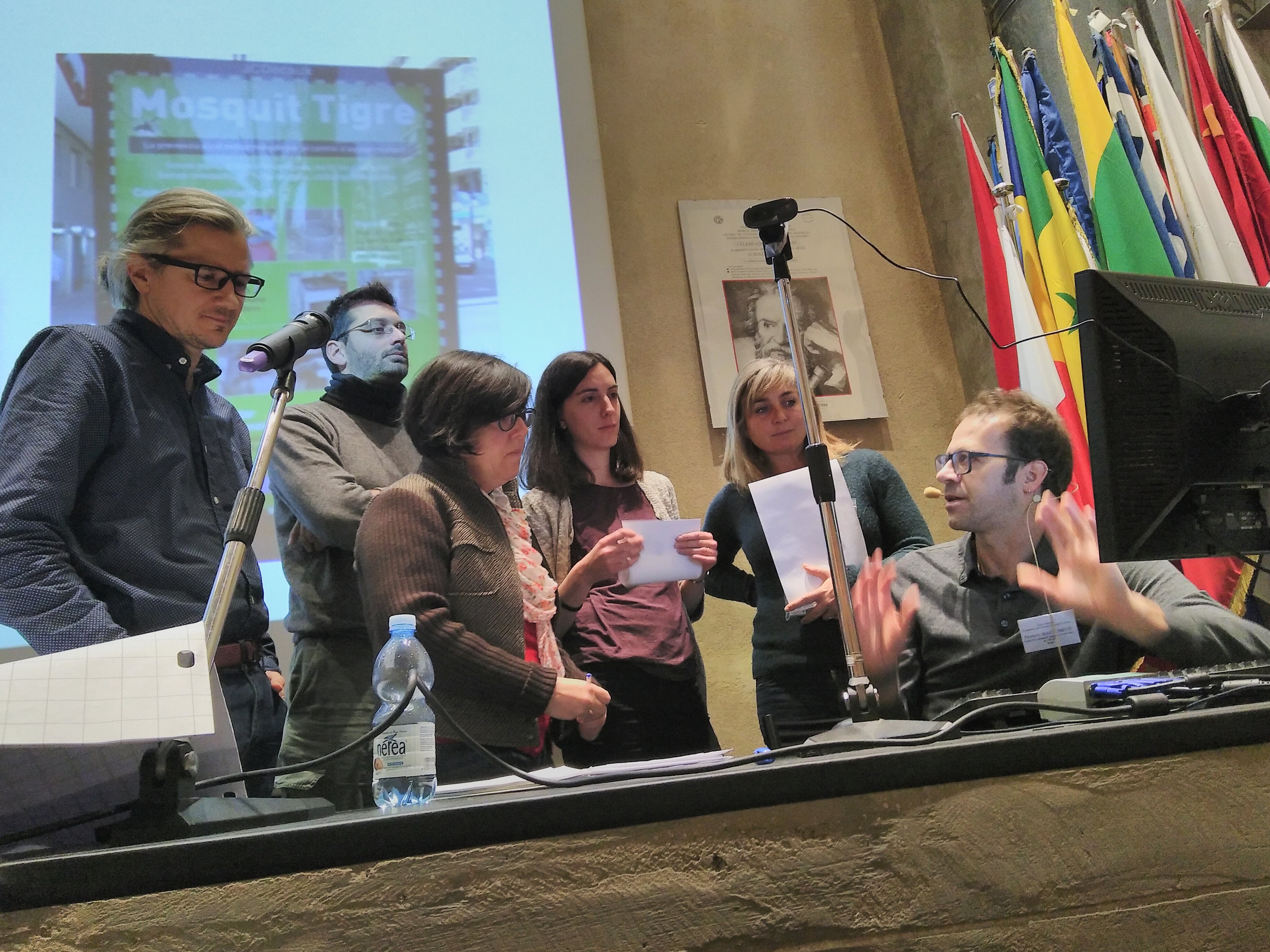SchoolErice1.JPG

Last week, the citizen science training school “Where Science meets Society” took place. Students and teachers from 13 nationalities met in Erice, a tiny village on the top of a mountain on the island of Sicily, to share their experiences and learn about citizen and participatory science.
SchoolErice2.jpg

During the week, many topics were discussed and many ideas came up. There were lectures, group activities, and cultural visits. We even found time to build a do-it-your-self temperature and humidity sensor with Pen-Yuan Hsing, and to create our own online crowdsourcing project on the DigiVol platform with Paul Flemons.
This is a summary of some of the ideas that were mentioned during the lectures and that could be heard in the corridors. I am sure many more takeaways could be added by other participants and teachers. But, for now, here are seven personal take-home messages:
1. Citizen science is science.
As such, research outputs must never be forgotten. This key idea popped up the first day of the course and remained present during the whole week.
Andrea Sforzi, one of the course organizers, mentioned it during the opening session: A great citizen science project requires a good balance between educational and research aspects.
2. A multidisciplinary team, key for success.
Statisticians, communicators, educators, software technicians, psychologists, philosophers... Any citizen science team requires many different roles.
Examples such as those presented by Rick Bonney –eBird–, Frederic Bartumeus –Mosquito Alert–, and Gregoire Loïs –VigieNature– show that a diverse and multidisciplinary team will make your project more effective. Despite budget requirements concerns expressed by many of the participants, it is worth to keep in mind the extent to which different profiles can enrich your team and its results.
3. Choose your project carefully.
Citizen science is a powerful tool, but, as any tool, it is only suitable for certain purposes. Choose your research question carefully and design your project in detail.
4. The quality of the data makes your project legitimate.
This is one of the main challenges for citizen science and, consequently, one of the main points of criticism. The methodology to ensure data quality standards largely depends on the specific project. Addressing this issue from the beginning is essential. To highlight the importance of this, Bálint Balázs gave us a talk on this specific topic.
5. Make it obvious, make it easy, make it fun.
You want the participants to stay with you, therefore, you must understand what’s in it for them. As Cristina Castracani told us when explaining her School of Ants project, “having in mind only what is important for you, would be a mistake”. In the same line of thought, Magdalena Soger, who runs Ant Picnic, stressed the importance of making it fun for students when working with schools. Artemis Skarlatidou, from ExCiteS, talked about user friendly interfaces to improve the participants’ experience.
6. A good pilot project will save you from undesired surprises.
When running a citizen science project, you will be continuously learning and adapting. Starting with a pilot project will save you time and unpleasant outcomes.
7. Collaborate, ask, share.
The citizen science community is usually very engaged and willing to help and collaborate. Do not reinvent the wheel, and do not start from scratch!
SchoolErice4.jpg

SchoolErice5.jpg

Text by Julia Garcia Lopez.